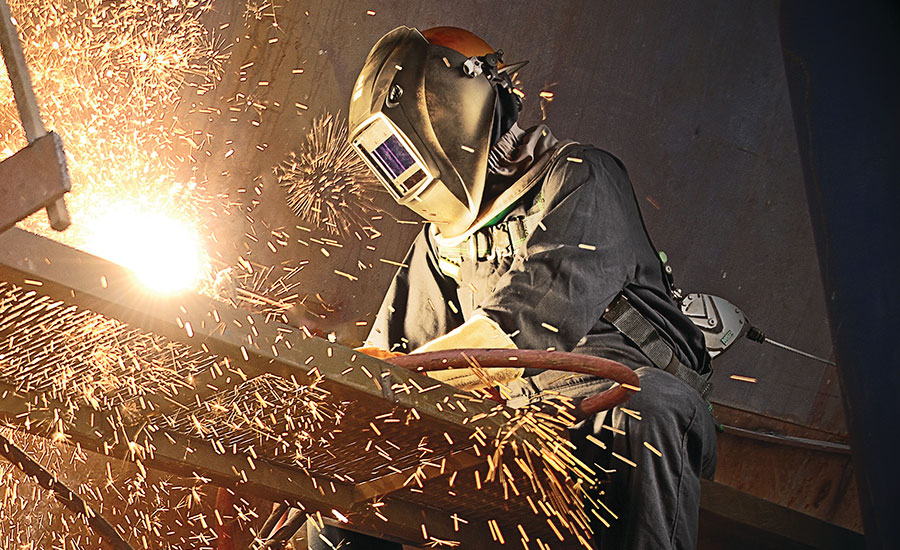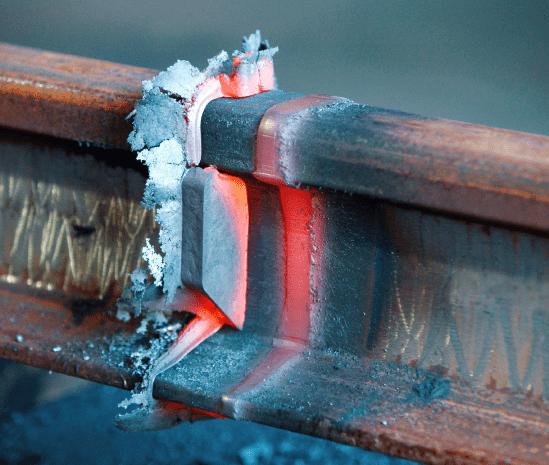Understanding Welding WPS Specifications: Ideal Practices and Techniques for High Quality Welds
In the world of welding, grasping Welding Procedure Requirements (WPS) requirements is a crucial component that straight influences the high quality and stability of welds. Following these criteria ensures uniformity and integrity in welding results. Nonetheless, accomplishing quality in welds exceeds just recognizing the requirements; it entails applying best techniques and strategies that elevate the craft to a degree of precision and ability that distinguishes the average from the phenomenal. As we navigate through the complexities of welding WPS requirements, revealing essential insights and approaches for attaining top-tier welds will certainly be paramount for welders seeking to excel in their craft and create welds that stand the test of time.
Comprehending Welding WPS Criteria

Inspectors rely on WPS documentation to validate that welding procedures are being complied with appropriately and that the resulting welds are of high quality. Engineers utilize WPS standards to develop welding treatments that guarantee the sturdiness and integrity of bonded frameworks.


Crucial Tools for Quality Welds
Understanding welding WPS criteria is crucial for welders to efficiently use the essential tools required for creating high quality welds. The type of welding machine required depends on the welding procedure being utilized, such as MIG, TIG, or stick welding. Cable brushes and breaking hammers are important for cleaning up the weld joint prior to and after welding to eliminate any pollutants that could influence the high quality of the weld.
Trick Strategies for Welding Success
To accomplish welding success, one should master the essential techniques essential for generating high-grade welds. One essential strategy is preserving the correct arc length. Maintaining the electrode at the optimum range from the workpiece is essential for producing solid, consistent welds. Additionally, managing the travel speed is extremely important. Relocating as well quickly can result in inadequate infiltration, while relocating too slowly can bring about excessive warmth input and prospective defects. Proper adjustment of the electrode angle is another vital method. The angle at which the electrode is held can affect the grain form and penetration of the weld. Additionally, ensuring consistent weapon angle and instructions of travel is necessary for uniformity in the weld bead. Lastly, keeping a stable hand and a stable welding setting throughout the procedure is crucial to achieving accuracy and consistency in the welds. By grasping these crucial techniques, welders can raise the high quality of their job and attain welding success.
Ensuring Conformity With WPS Specifications

Furthermore, preserving thorough records of welding specifications, equipment calibration, and inspection outcomes is important for demonstrating conformity with WPS standards. By vigilantly sticking to WPS requirements, welders can make sure that their job satisfies the necessary top quality levels and contributes to the overall success of the welding task.
Troubleshooting Common Welding Issues
When faced with common welding concerns, identifying the origin is essential for efficient troubleshooting. One widespread problem is the visibility of porosity in welds, usually triggered by contaminants such as wetness, rust, Learn More or oil. To resolve this, guaranteeing correct cleansing of the base steel i was reading this before welding and making use of the correct protecting gas can substantially reduce porosity. One more issue frequently come across is absence of combination, where the weld stops working to effectively bond with the base material. This can originate from insufficient heat input or improper welding method. Adjusting criteria such as voltage, wire feed speed, or travel rate can aid improve fusion. In addition, distortion, fracturing, and spatter prevail welding obstacles that can be reduced through proper joint preparation, regular warm control, and selecting the appropriate welding consumables. By thoroughly understanding these usual welding problems and their origin, welders can successfully fix issues and accomplish high-quality welds.
Final Thought
In final thought, understanding welding WPS criteria calls for a comprehensive understanding of the guidelines, utilizing essential devices, and implementing essential strategies for successful welds. Guaranteeing compliance with WPS criteria is essential for producing quality welds and preventing usual welding issues. By adhering to best strategies and methods, welders can achieve trustworthy and regular cause their welding tasks.
In the world of welding, mastering Welding Procedure Requirements (WPS) standards is a vital component that straight influences the high quality and honesty of welds.When diving into the realm of welding practices, an important aspect to comprehend is the value and ins and outs of Welding Procedure Spec (WPS) requirements. WPS criteria offer a directory comprehensive guideline for welding operations, ensuring consistency, high quality, and safety in the welding procedure. The kind of welding device required depends on the welding process being made use of, such as MIG, TIG, or stick welding.Attaining welding success via the proficiency of essential strategies demands a detailed understanding and adherence to Welding Procedure Specification (WPS) requirements.